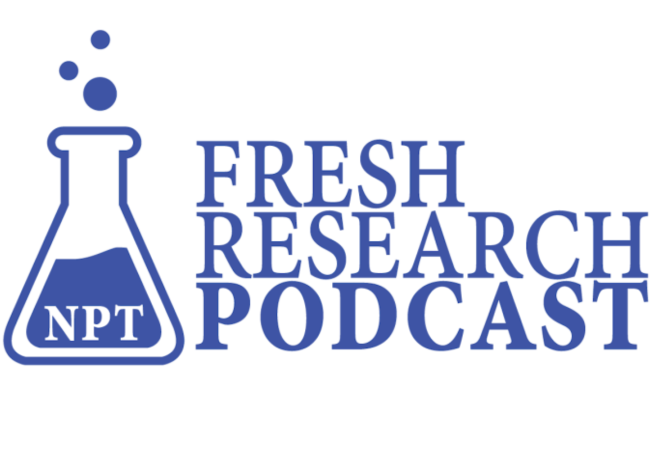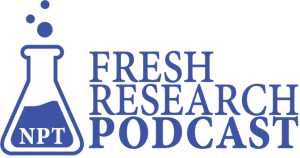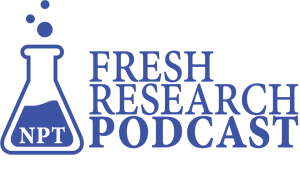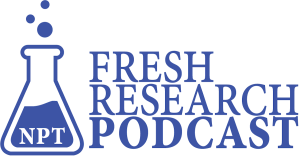You finish up your shopping and the cashier asks, “Would you like to donate to a local charity?” Do you give? If you do, how much? Or maybe they ask you, would you like to round up your total to donate the difference? Those are some of the scenarios in a recent experiment.
Results of that experiment are found in Checking Out Charity: A Study of Point-Of-Sale Donation Campaigns, by Adrienne Sudbury and Christian Vossler. Sudbury is a professor at the College of Business and Economics at Longwood University in Farmville, Va. Vossler is an economics professor at the Haslam College of Business at the University of Tennessee in Knoxville.

Individuals were presented with three different ways to make a donation at checkout: a fixed amount, a rounding request, and an open-ended ask. “With open-ended, you definitely have much lower rates. What we theorize is there’s some sort of cognitive cost going on, where people have to decide actually how much to donate under that scenario,” Sudbury said on this episode of Fresh Research. “With the fixed request amount and giving people a binary choice, you limit the potential donation. There’s pros and cons because if you only ask someone for $1 but they were willing to donate $2, you’re missing out on some potential donation there,” she said.
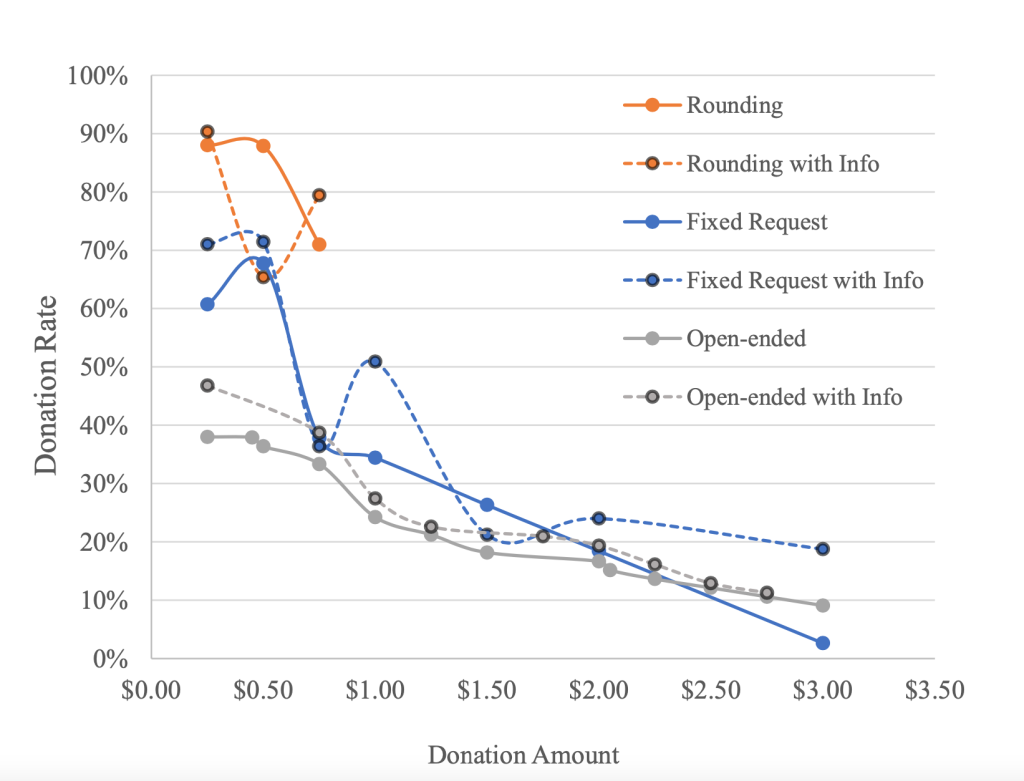 The authors attribute some differences in donation rates to what they called “loose change effects” — where people are more likely to donate if they end up with less change. “The majority of people chose to give themselves less change through their donation amount,” Sudbury said. “Some gave the same amount of change but absolutely no one gave themselves more change.” That change adds up: More than $605 million was raised through point-of-sale (POS) fundraising campaigns in 2020, according to America’s Charity Checkout Champions from Engage For Good.
The authors attribute some differences in donation rates to what they called “loose change effects” — where people are more likely to donate if they end up with less change. “The majority of people chose to give themselves less change through their donation amount,” Sudbury said. “Some gave the same amount of change but absolutely no one gave themselves more change.” That change adds up: More than $605 million was raised through point-of-sale (POS) fundraising campaigns in 2020, according to America’s Charity Checkout Champions from Engage For Good.

